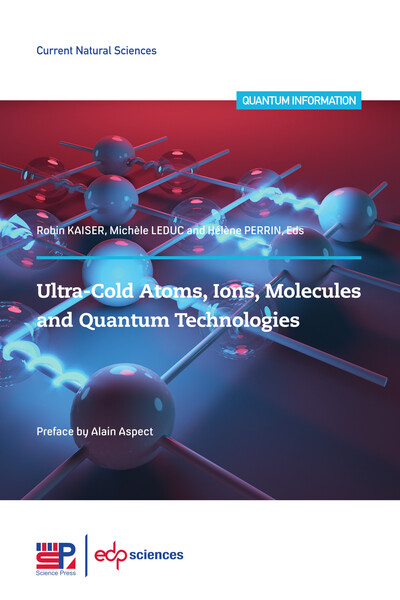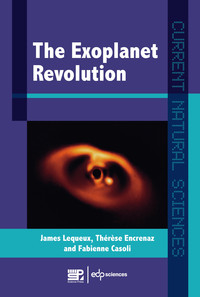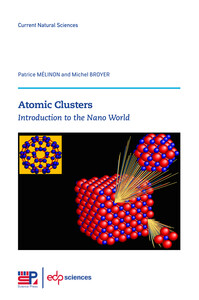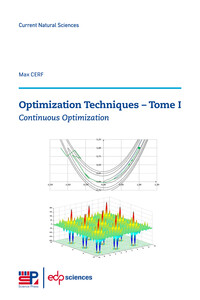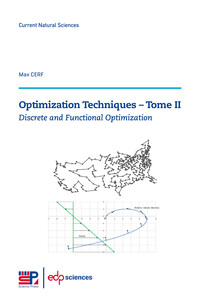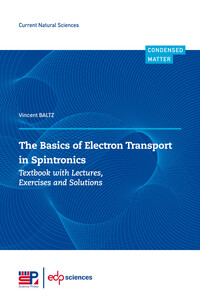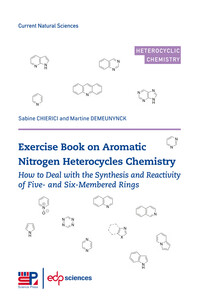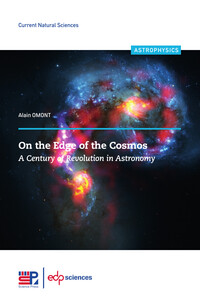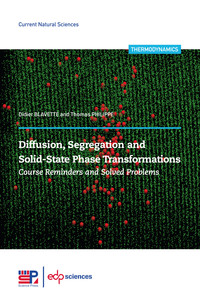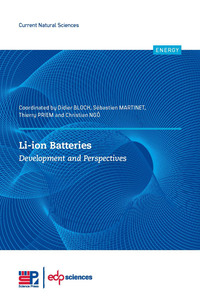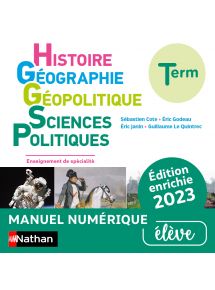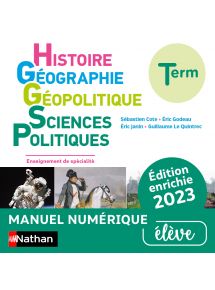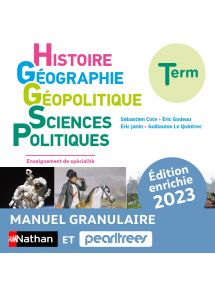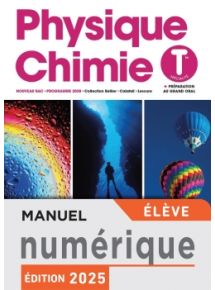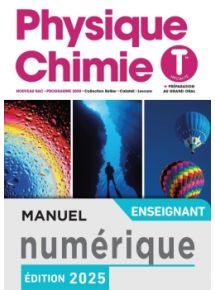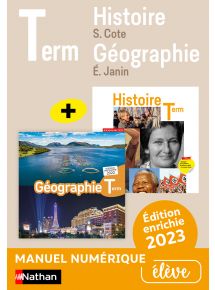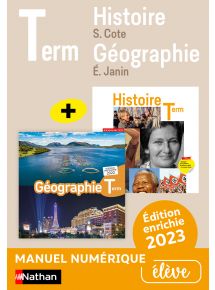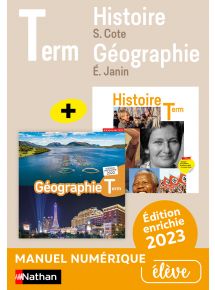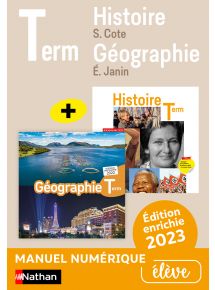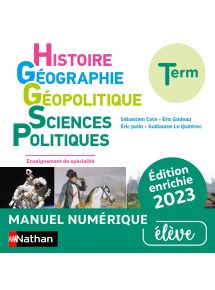Nous utilisons des cookies pour améliorer votre expérience. Pour nous conformer à la nouvelle directive sur la vie privée, nous devons demander votre consentement à l’utilisation de ces cookies. En savoir plus.
Ultra-cold atoms, ions, molecules and quantum technologies
Edp Sciences - EAN : 9782759827459
Édition papier
EAN : 9782759827459
Paru le : 10 déc. 2022
95,00 €
90,05 €
Disponible
Pour connaître votre prix et commander, identifiez-vous
Notre engagement qualité
-
 Livraison gratuite
Livraison gratuite
en France sans minimum
de commande -
 Manquants maintenus
Manquants maintenus
en commande
automatiquement -
 Un interlocuteur
Un interlocuteur
unique pour toutes
vos commandes -
 Toutes les licences
Toutes les licences
numériques du marché
au tarif éditeur -
 Assistance téléphonique
Assistance téléphonique
personalisée sur le
numérique -
 Service client
Service client
Du Lundi au vendredi
de 9h à 18h
- EAN13 : 9782759827459
- Réf. éditeur : 251152
- Collection : CURRENT NATURAL
- Editeur : Edp Sciences
- Date Parution : 10 déc. 2022
- Disponibilite : Disponible
- Barème de remise : NS
- Nombre de pages : 192
- Format : H:239 mm L:160 mm E:13 mm
- Poids : 390gr
- Résumé : Physicists know how to produce gases at a few billionths of a degree above absolute zero. The cooling methods apply not only to atoms but also to ions and molecules. This field of research has three times been awarded the Nobel Prize. The field experienced remarkable growth when experimentalists learned how to vary at will the interactions between particles, trapping them with optical tweezers or in optical gratings with adjustable geometry. Artificial crystals made of atoms or molecules can be built to simulate the structure of matter and elucidate some of its magnetic properties, hopefully contributing to the understanding of high-temperature superconductivity. The phenomenon of quantum entanglement is the basis for new devices for the storage and transmission of quantum information. Spectacular progress is constantly being made in metrology. For example, ultra-cold atom or ion clocks measure time to better than one second over the lifetime of the Universe. New types of industrial gravimeters and gyroscopes are improving the sensitivity of seismology and navigation in space. In addition, the extreme precision of the measurements allows tests of the fundamental laws of physics, such as quantum electrodynamics, Lorentz invariance or possible variations of the fundamental constants. The field of ultra-cold particles has now reached the stage where it provides insights in the fields of condensed matter, chemistry and even cosmology.
- Biographie : Robin KAISER is Research Director at CNRS, Institut de physique de Nice, Université de la Côte d'Azur.

